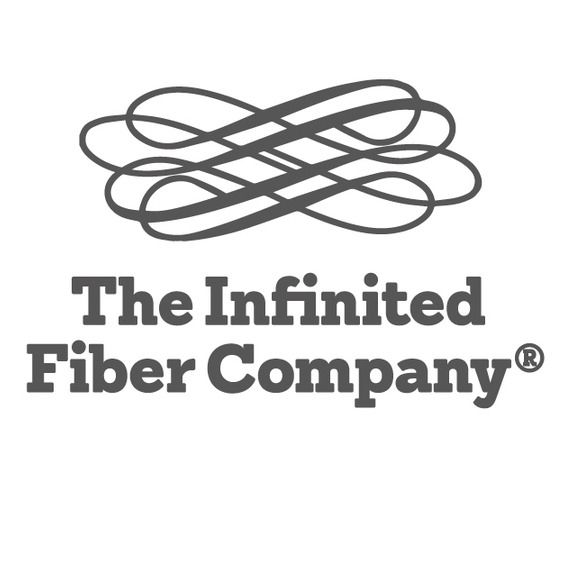Approved by curator

Added: Jul 29, 2022
Last edited: Aug 09, 2022
Infinited Fiber Company is a Finnish fashion and textile technology start-up that literally turns textile waste into up-cycled fibers that are being used by some of the world’s leading fashion brands like Patagonia, H&M, PVH, Inditex, BESTSELLER, and Wrangler. Their technology enables circularity and high-quality fiber-to-fiber regeneration for cellulose-based textiles.
The fashion and textile industries are two of the most polluting industries, which are quite destructive to the planet in their current state. Two of the major problems the fashion industry needs to solve are 1) its reliance on resource-intense and polluting virgin raw materials and 2) finding a valuable use for the more than 92 million tons of textile waste that are incinerated or landfilled at a great environmental cost around the globe annually.
Infinited Fiber Company, with their path-breaking technology, can turn trashed textiles like raggedy t-shirts, worn-out jeans, old bedsheets, and all kinds of textiles that are made primarily from cotton into useful products. These would otherwise be landfilled or burned. This trash is cleaned and broken down at the polymer level through responsible chemistry to be born again as unique, new, high-quality textile fibers that have a soft and natural look and feel like cotton into something truly valuable: InfinnaTM, a premium-quality, circular textile fiber that reduces the world’s reliance on virgin raw materials.
The company addresses the twin challenges of what to do with the piles and piles of textile waste we generate globally and our continued desire for more and more new textiles by preventing textile waste from ending up as pollution and instead using it as the raw material for new textiles, closing the loop between waste and raw materials, and keeping what’s already out there in circulation.
Photograph from Flickr


Design out waste
Reusable, recyclable materials and inputs
Using closed loop recycled materials
Design for resource efficiency
circular materials
close loop
textile to textile recycling
Caitriona Rogerson
